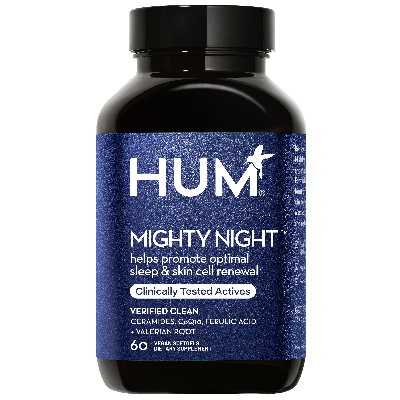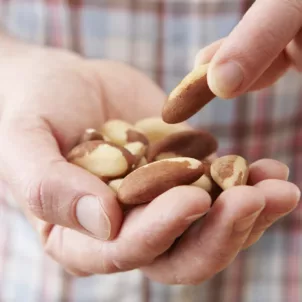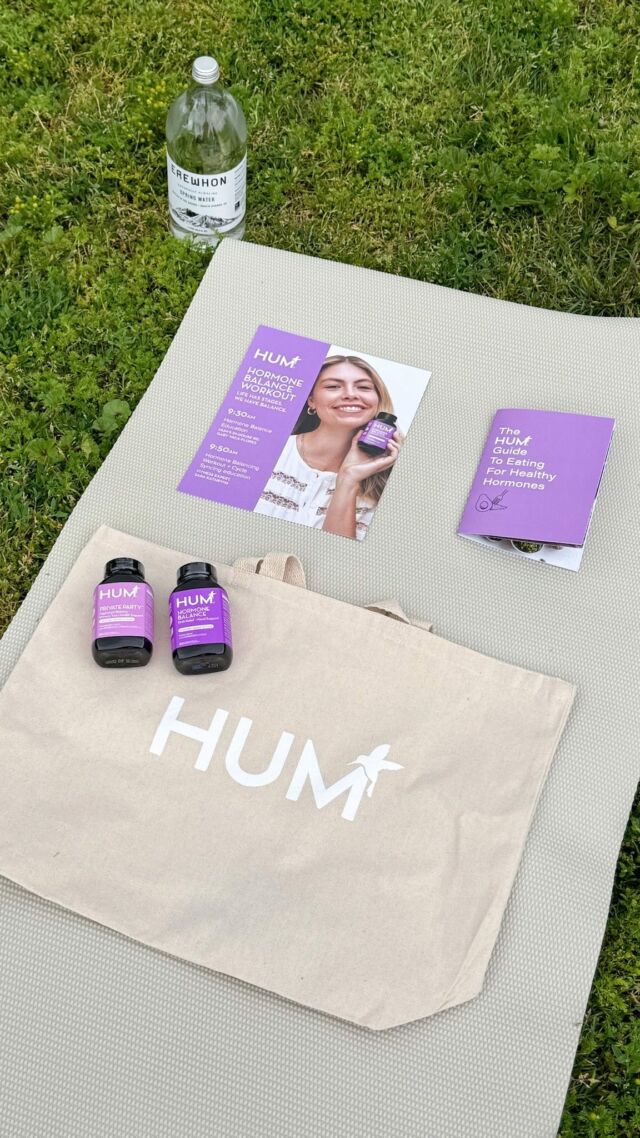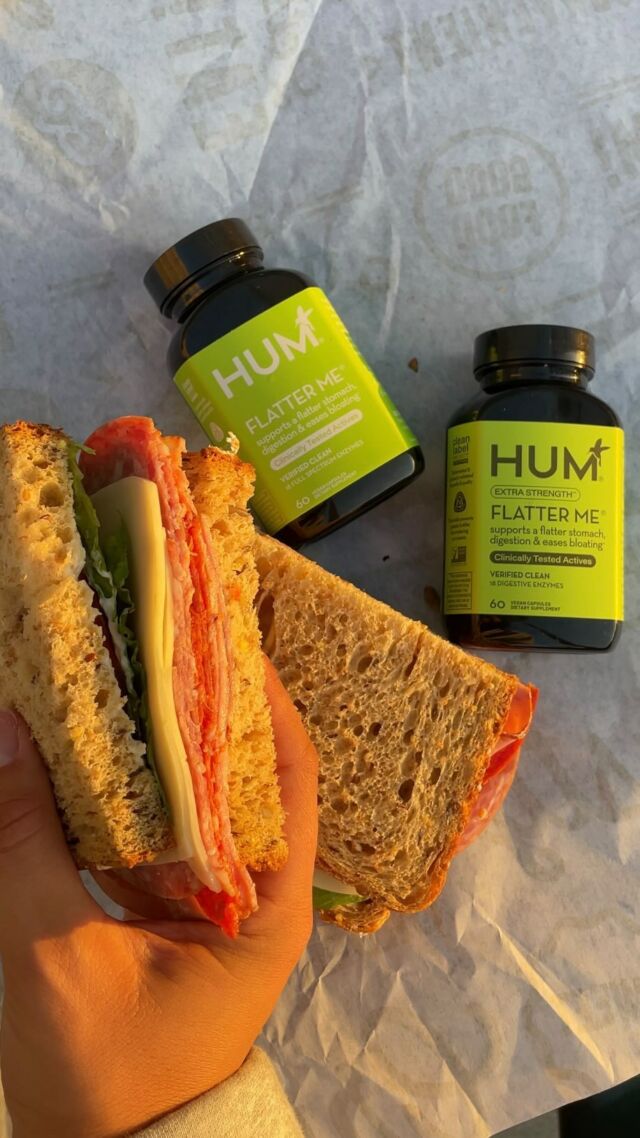THE WELLNEST • Food • Healthy Eating
5-Day Meal Plan For Skin Repair & Cell Renewal
By Jessica Bippen, MS, RD •
October 21, 2019
Medically Reviewed By
Gaby Vaca-Flores, RDN, CLE
Registered Dietitian Nutritionist
Jessica Bippen, MS, RD, teaches us how to eat our way to a better complexion with a weekday meal plan for skin repair.
There’s only so much that lotions, creams, and serums can do for your skin without addressing how you’re nourishing your body from the inside out. Nutrition plays a vital role in skin health, especially in regards to skin repair and cell renewal. The epidermis (the skin’s outermost layer) renews itself every 27 days, wherein superficial cells are replaced by new ones. As we age, this process of cell renewal slows. However, if we nourish our body with the proper nutrients, we can enhance this process. Here’s how.



Why this meal plan?
There are many factors that each play a role in how well you age—one of them being your skin’s ability to repair itself at the cellular level. When nutrition is lacking and harsh environmental conditions like pollution, smoking, and excessive sun exposure are present, the skin shows noticeable signs of aging. On the other hand, when you limit those stressors and focus on nourishing your body with skin foods—those packed with antioxidants, healthy fats, water, and essential nutrients like omega-3s and vitamins A, C, and E—your skin has an easier time repairing the damage it encounters regularly. In turn, your skin stays hydrated and glowing, and isn’t as quick to show inevitable signs of aging like fine lines and wrinkles.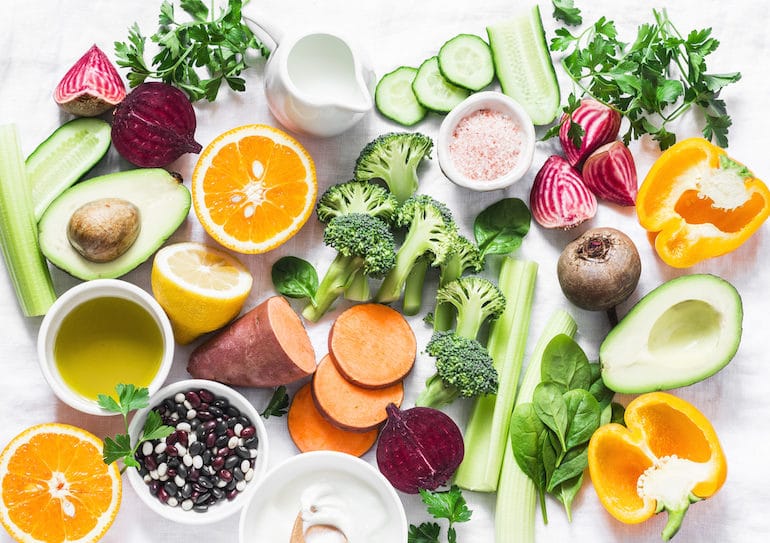
Top Foods For Skin Renewal & Cell Repair
Avocado
This vibrant green fruit is an excellent source of healthy fats, which are incredibly important for keeping skin supple and hydrated. They’re also a good source of vitamin E, an antioxidant that helps protect skin cell membranes from oxidative damage.Berries
The star vitamin in blackberries, blueberries, raspberries, and strawberries is vitamin C. In addition to having pro-aging benefits, vitamin C also acts as an antioxidant that can help reduce inflammation. Berries are also good sources of other vitamins, minerals, and nutrients, including phytochemicals that protect and support the health of skin cells. Ellagic acid, an antioxidant found in strawberries, has been shown to protect the elastic fibers that keep skin from sagging.Nuts and Seeds
Almonds, pumpkin seeds, and flax are only a few varieties of nuts and seeds. They’re packed with healthy fats, vitamin E, and minerals such as zinc and selenium. As mentioned earlier, healthy fats are terrific for moisturizing your skin, while vitamin E helps protect your skin from oxidative damage. Next, zinc and selenium are essential for skin health and function. They also bind to and remove toxins in the body that trigger breakouts.Bell Peppers
These vibrant, crunchy peppers are an excellent source of beta-carotene, which your body converts into vitamin A and helps regulate new cell growth. Bell peppers are also an excellent source of vitamin C, which is necessary for generating collagen.Sweet Potatoes
Just like bell peppers, sweet potatoes are also an excellent source of beta-carotene. Beta-carotene is part of the carotenoid family, which keeps your skin healthy by protecting skin cells from sun exposure. It may help prevent sunburn, weathered skin, and cell death.Salmon
Fatty fish such as salmon are an excellent source of omega-3 fatty acids, which are important for maintaining skin health and keeping skin moisturized. Research shows that omega-3 deficiencies can cause dry skin. Another study found that omega-3 polyunsaturated fatty acids show potential to protect skin from overexposure to UV radiation. UV exposure is a leading factor in nearly all skin concerns including dryness and dullness, redness and inflammation, and aging and acne.Green Tea
Green tea may protect the skin from cellular damage and aging. The beneficial compounds in green tea are called catechins, which work to improve the health of your skin by protecting against sun damage and improving the moisture, roughness, thickness, and elasticity of your skin.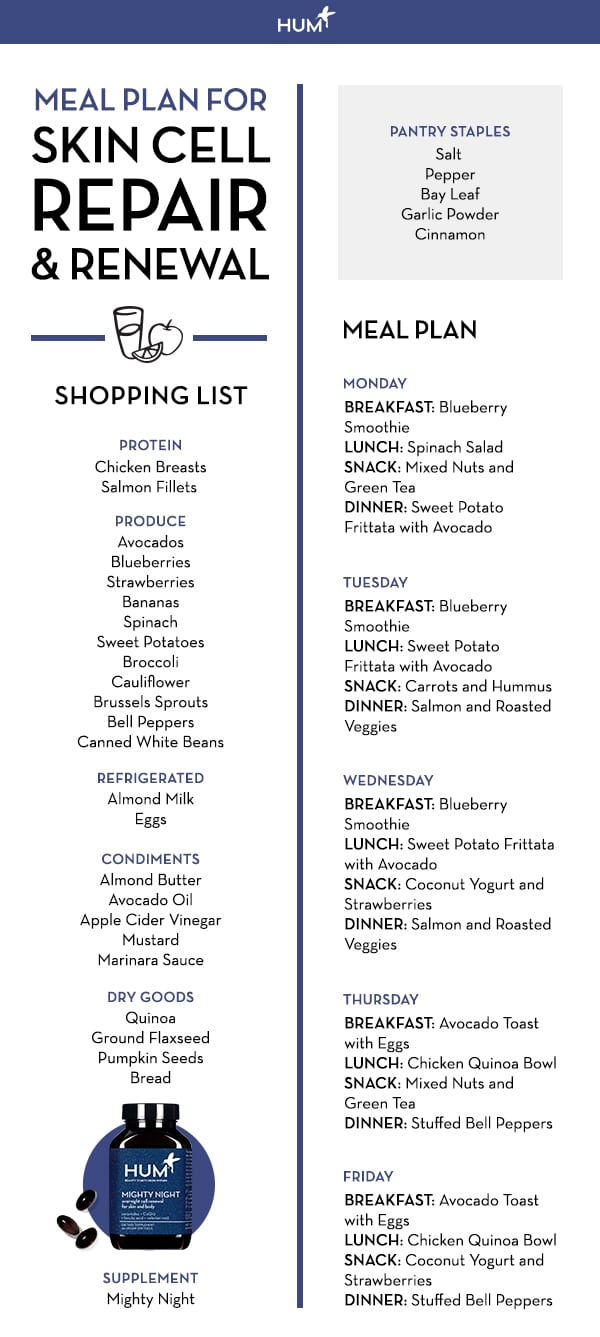
Weekday Meal Plan For Skin Repair
Monday
- Blueberry smoothie
- Spinach salad with quinoa, chicken, strawberries, and avocado
- 1/3 cup roasted mixed nuts with green tea
- Sweet potato spinach frittata with avocado
Tuesday
- Blueberry smoothie
- Sweet potato spinach frittata with avocado
- Carrots and hummus
- Salmon and roasted veggies
Wednesday
- Blueberry smoothie
- Sweet potato spinach frittata with avocado
- Almond milk or coconut yogurt with 1/2 cup sliced strawberries
- Salmon and roasted veggies
Thursday
- Avocado toast with 2 eggs
- Warm quinoa bowl with chicken and roasted veggies
- 1/3 cup roasted mixed nuts with green tea
- Stuffed bell peppers
Friday
- Avocado toast with 2 eggs
- Warm quinoa bowl with chicken and roasted veggies
- Almond milk or coconut yogurt with 1/2 cup sliced strawberries
- Stuffed bell peppers
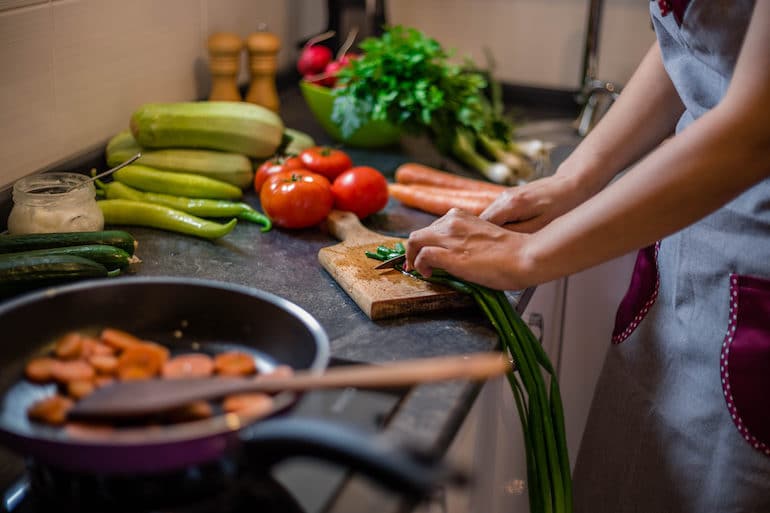
Recipes
These recipes for skin repair are pretty straightforward. Feel free to adjust according to your taste preference or add more vegetables to bulk up a meal. To save time, I recommend meal prepping on Sunday.Quinoa
In a saucepan, combine 2 cups of quinoa and 4 cups of water. Bring to a boil. Cover and turn the heat to a simmer for 12-15 minutes. Remove from the heat and fluff with a fork. Store in an airtight container for the week. Makes about 4 cups.Poached Chicken
Poaching chicken cooks it incredibly fast and is perfect for adding to salads and grain bowls. Place 1-1/2 pounds of organic chicken breasts into a large pot. Add water or chicken broth so it just covers the breast. Add 1 teaspoon of sea salt and a bay leaf. Heat on medium-low—which is important to ensure the chicken isn’t tough—until the water starts to simmer. Cover and continue to simmer for 8-10 minutes, or until the internal temperature reaches 165° F. Remove from the liquid and let rest for 3-5 minutes before slicing. Store in an airtight container.Blueberry Smoothie
Combine 1 cup almond milk, 1/2 cup blueberries, 1/2 small banana, 1 large handful of spinach, 2 tbs ground flax, 1 tablespoon almond butter, and a sprinkle of cinnamon in a blender. Blend on high until smooth.Spinach salad with quinoa, chicken, strawberries, and avocado
Place 1-2 cups of spinach in a bowl. Top with 1/2 cup cooked quinoa, 1/3 of poached chicken, 1/3 cup sliced strawberries, and a quarter or half avocado. Make a simple dressing of 1 part avocado oil, 1 part apple cider vinegar, and 2 tsp of mustard. Season with salt, pepper, and garlic powder to taste.Sweet Potato Spinach Frittata
Preheat oven to 350° F. In a medium saucepan, add 1 tablespoon olive oil. Dice one large sweet potato and add it to pan. Season with salt and pepper. Cook for 5-10 minutes or until the sweet potato can be easily pierced with a fork. Add 2 large handfuls of spinach and let wilt. In a medium-sized mixing bowl, whisk together 8 eggs, a quarter cup of almond milk, salt, and pepper until smooth. Add the sautéed sweet potatoes and spinach. Pour the egg mixture into a 10″ cast-iron skillet or sprayed baking dish. Bake for 20-25 minutes or until the eggs are firm and slightly brown on top. Serve 1/3 of the frittata with a quarter or half avocado.Salmon and Roasted Veggies
You’ll make two sheet pans of roasted vegetables to eat with salmon and add to grain bowls. Preheat the oven to 400° F. Chop 1 large head of broccoli, 1 head of cauliflower, 10 oz Brussels sprouts, and 1-2 large sweet potatoes into even 1-inch pieces. Place on the sheet pans and spray with avocado oil. Season with salt, pepper, and any spices of choice. Place in the oven for 30-40 minutes. Once the vegetables are done cooking, place the oven on broil. Add two 6-oz salmon fillets to a lined baking sheet. Spray with avocado oil and season with salt, pepper, and lemon juice. Place on the top rack of the oven for 8-12 minutes (depending on the thickness of your salmon). The salmon will be opaque and flaky when cooked. Serve one fillet and 1/4 of the roasted vegetables. Store leftovers in airtight containers.Avocado Toast with Eggs
Toast your bread of choice. Top with a half avocado and season with salt, pepper, or your favorite seasoning. Cook two eggs to your liking.Warm quinoa bowl with chicken and roasted veggies
Place 1 cup of quinoa in a bowl and top with 1/3 of the sliced chicken and 1/4 of the roasted veggies. Top with 2-4 tbs of pumpkin seeds.Stuffed Bell Peppers
Preheat the oven to 350° F. Drain and rinse a can of white beans. Combine it with the remaining cooked quinoa (about 1-1/2 cups). Add a cup of marinara sauce to the quinoa and beans. Core 3-4 medium red bell peppers and pour the mixture into the peppers. Place the stuffed peppers in a small baking dish or loaf pan. Spoon additional marinara sauce over each pepper to help prevent them from drying out. Bake for 30-40 minutes or until the peppers are tender. Serve 1-2 stuffed peppers with a side salad. Use any leftover spinach and top with pumpkin seeds. Make a simple dressing of 1 part avocado oil, 1 part apple cider vinegar, and 2 tsp of mustard. Season with salt, pepper, and garlic powder to taste. Store the leftover peppers in an airtight container in the fridge.Supplements for Skin Repair & Cell RENEWAL
In addition to following this meal plan for skin repair, you should also consider supplements for cell renewal. HUM’s Mighty Night is a unique formula designed to support overnight skin cell turnover, scavenge free radicals, improve skin tone, and promote optimal sleep. It’s formulated with ceramides, CoQ10, and ferulic acid for the ultimate overnight skin repair. Consider supplementing with Mighty Night to optimize the benefits of this meal plan.More like this
